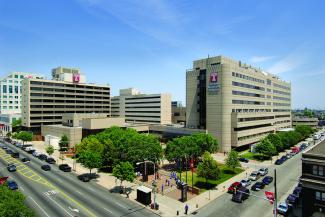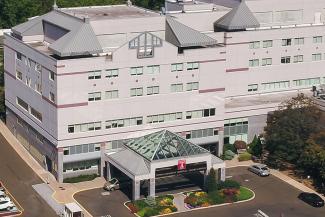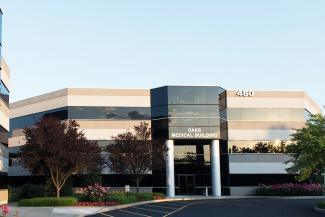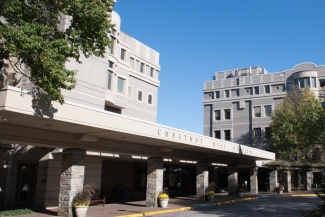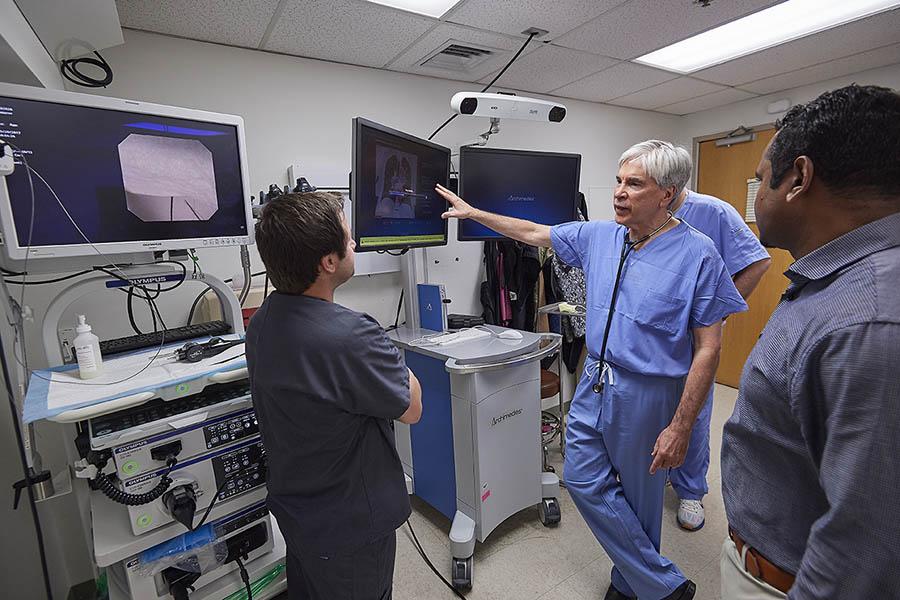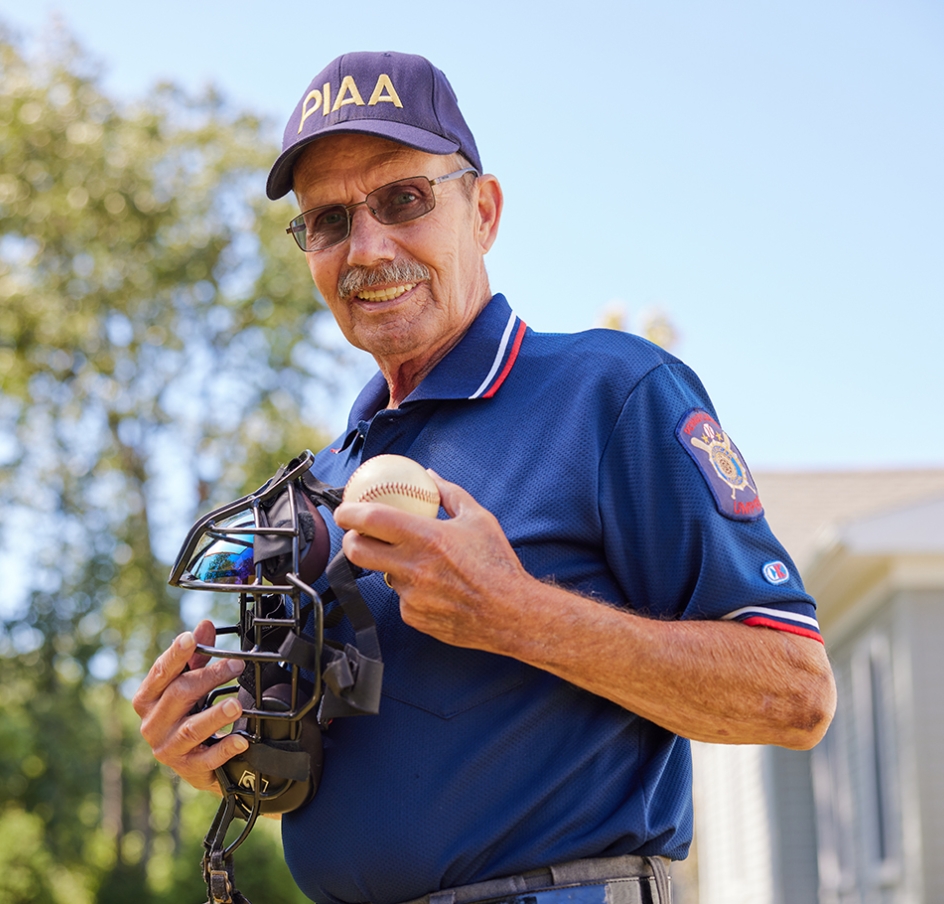One of the newest treatment options for severe emphysema is a minimally invasive procedure called bronchoscopic lung volume reduction (BLVR) using endobronchial valves. These tiny devices are implanted in the airways of the lungs and act as one-way valves. They block off diseased parts of the lung and allow healthier regions to expand and function more efficiently.
The result can be better lung function, easier breathing, improved exercise tolerance, and a better quality of life.
The endobronchial valves help reduce hyperinflation, which happens when air becomes trapped in the airways of the lungs. Hyperinflation is what makes breathing hard for emphysema patients. By guiding a bronchoscope through the mouth or nose into the lungs, endobronchial valves are then inserted into the lungs to block diseased parts of the lung.
Unlike lung volume reduction surgery (LVRS) — which involves an open incision — bronchoscopic lung volume reduction is a minimally invasive procedure that uses no cutting or stitches. It also has far less complications than LVRS and can be reversed if needed.
Who Is a Candidate for BLVR Using Endobronchial Valves?
The best candidates for BLVR are patients who:
- Cannot have surgery
- Have chronic obstructive pulmonary disease (COPD), specifically emphysema and severe hyperinflation
- Have not had major lung procedures such as lung transplant or LVRS
- Do not have major heart conditions such as uncontrolled atrial fibrillation or a recent heart attack
- Have not smoked for at least 4 months
The decision on whether BLVR or LVRS is more appropriate will be made by the patient’s medical team.
Leader in New Treatment for Severe Emphysema
At the Temple Lung Center, we're renowned for our experienced medical staff, superior outcomes and leading-edge research. We help people with serious lung disease breathe easier and live more active lives.
Temple is a world leader in the testing and use of endobronchial valves for bronchoscopic lung volume reduction in patients with severe emphysema. In fact, we’re the first center in the nation to perform BLVR.
Our doctors led both major international studies that proved the valves work — the EMPROVE study for the Spiration® Valve System and the LIBERATE study for the Zephyr® Endobronchial Valve. The studies led to both valves being FDA approved. We’re also a national training site for pulmonologists who come from across the country — including Connecticut, Ohio, Michigan and Arizona — to learn how to implant the valves.
Temple Lung Center Director Dr. Gerard Criner has been involved in every major BLVR study over the past 25 years. He led the medical teams that carried out both the EMPROVE and LIBERATE clinical trials that resulted in FDA approval of the Spiration® and Zephyr® valves. He was also the first in the country to implant both valves after FDA approval.
Dr. Criner’s skills and knowledge as a clinician, researcher and teacher have given options to hundreds of patients who have not responded to other emphysema treatments.
Ready for an Appointment?
Find a doctor near you, request an appointment, or call 800-TEMPLE-MED (800-836-7536) today.
The BLVR procedure is performed at Temple University Hospital — Main Campus, but patients can choose to be evaluated at Temple University Hospital — Jeanes Campus.

